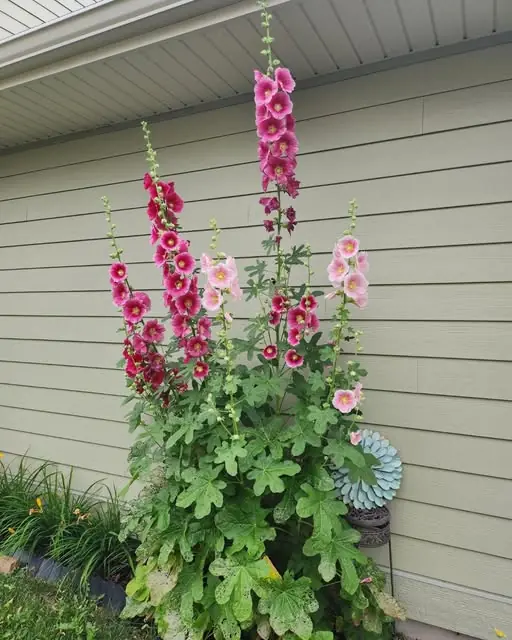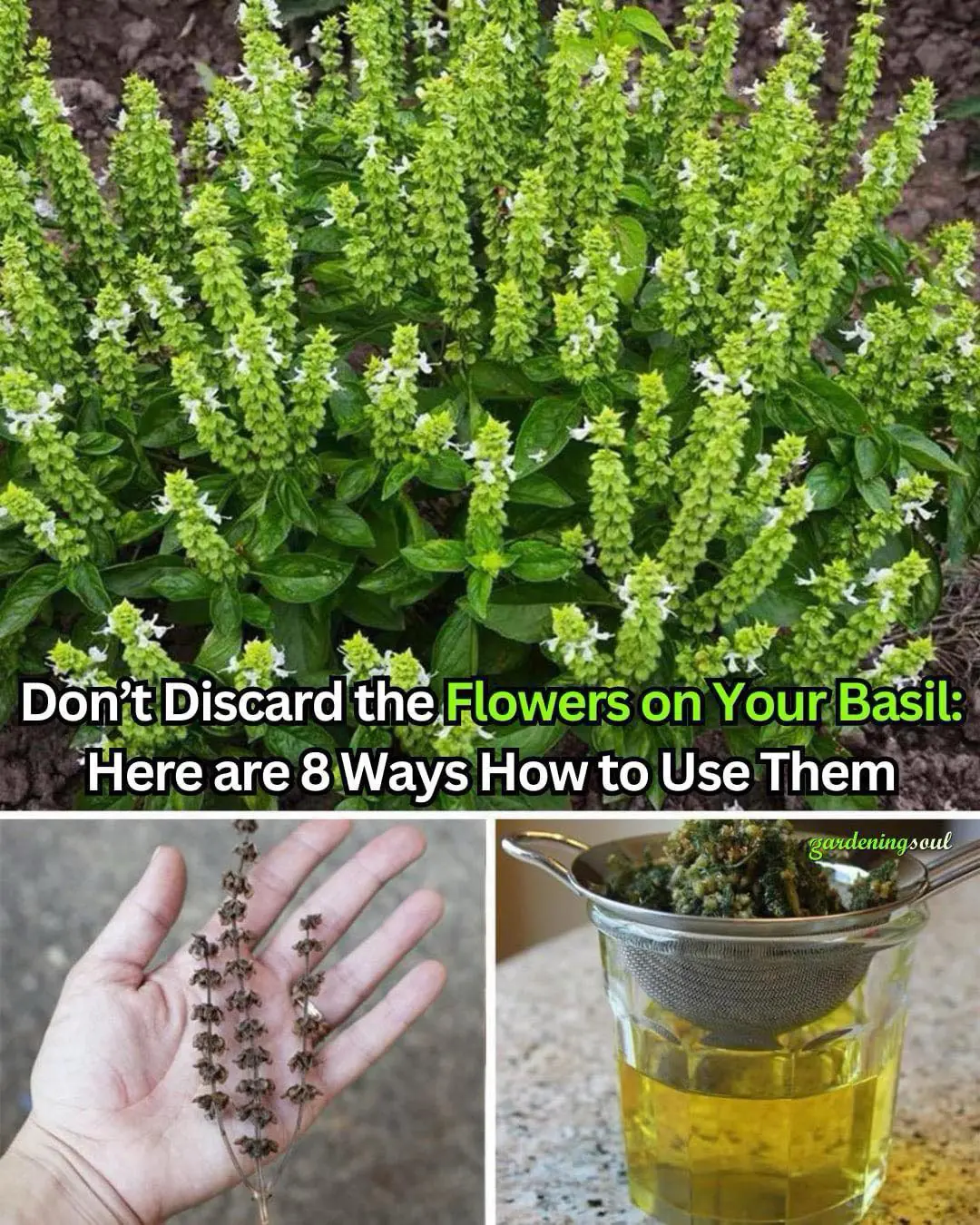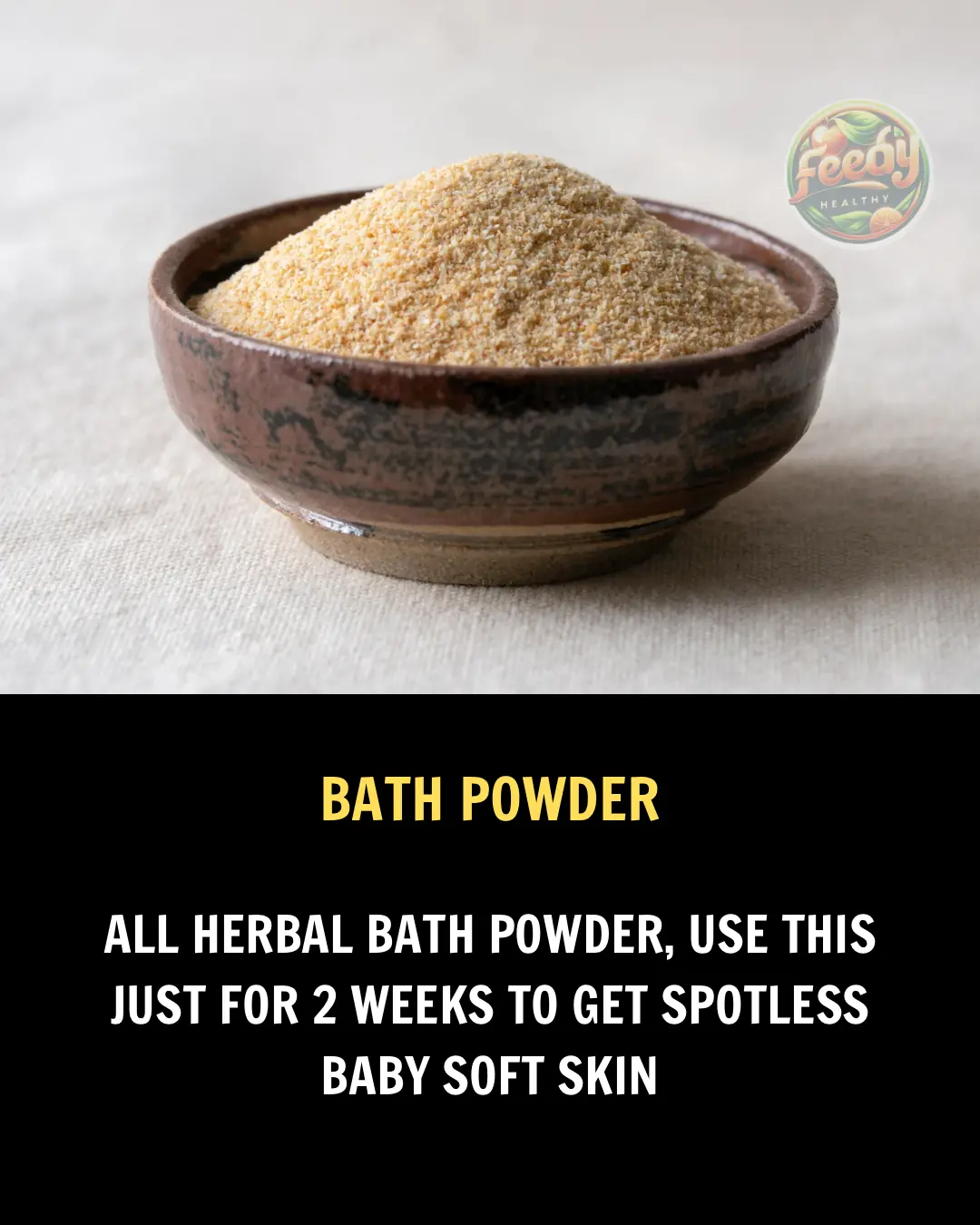
11 Reasons to Grow a Rosemary Hedge & The Easy Way to Do It

If you’re looking for a low-maintenance, fragrant, and practical addition to your garden, a rosemary hedge is the perfect choice.
Rosemary (Rosmarinus officinalis) is not only a hardy, evergreen shrub, but it also offers culinary, medicinal, and environmental benefits.
In this detailed guide, you’ll learn:
- Why a rosemary hedge is beneficial for your home and garden
- 11 brilliant reasons to plant one
- Step-by-step instructions on how to grow and maintain a rosemary hedge
By the end, you’ll be ready to transform your outdoor space with this versatile herb!
11 Brilliant Reasons to Grow a Rosemary Hedge
1. A Beautiful, Evergreen Border for Year-Round Interest
- Unlike deciduous shrubs that lose their leaves, rosemary remains green and lush all year.
- Forms a dense, low-maintenance hedge that can define garden borders, pathways, and patios.
- Produces beautiful purple, blue, or white flowers that add seasonal charm.
- Works in both formal garden designs and natural, wild landscapes.
Best for: Creating low garden borders, lining walkways, or surrounding patios.
2. Drought-Tolerant & Thrives in Hot, Dry Conditions
- Rosemary is extremely drought-tolerant, making it perfect for arid climates or regions with water restrictions.
- Requires little to no irrigation once established, making it an eco-friendly landscaping choice.
- Unlike grass or thirsty ornamental plants, rosemary can flourish with minimal watering.
Best for: Gardens in hot, dry climates or places with frequent droughts.
3. Natural Pest Repellent to Protect Your Garden
- Rosemary’s strong, pine-like scent naturally repels mosquitoes, flies, and garden pests.
- Helps keep away aphids, cabbage moths, carrot flies, and whiteflies.
- Reduces the need for chemical pesticides, making your garden more organic and eco-friendly.
Best for: Surrounding vegetable gardens, patios, and seating areas to keep insects away.
4. Attracts Beneficial Pollinators
- Rosemary’s fragrant flowers provide nectar for bees, butterflies, and other pollinators.
- Improves pollination rates in your garden, boosting fruit and vegetable yields.
- Acts as a companion plant for tomatoes, peppers, squash, and beans.
Best for: Sustainable gardens, permaculture landscapes, and pollinator-friendly spaces.
5. Provides Fresh Herbs for Cooking Year-Round
- A rosemary hedge provides a continuous supply of fresh herbs for culinary use.
- Enhances the flavor of meats, soups, stews, potatoes, and homemade bread.
- Saves money—no need to buy store-bought rosemary!
How to Harvest:
- Snip stems in the morning for the strongest flavor.
- Dry rosemary for long-term storage or use fresh in cooking.
Best for: Home cooks, chefs, and anyone who loves fresh herbs.
6. Improves Air Quality & Acts as a Natural Air Purifier
- Rosemary releases oxygen-rich compounds that improve indoor and outdoor air quality.
- Filters dust, pollutants, and allergens from the air.
- Reduces airborne bacteria, making your garden and home healthier.
Best for: Urban gardens, city spaces, and areas with poor air circulation.
7. Creates a Natural Privacy Screen & Windbreak
- A dense rosemary hedge blocks strong winds and protects fragile plants.
- Forms a natural privacy screen, offering a living fence alternative to wood or metal fencing.
- Absorbs noise pollution—ideal for reducing traffic or neighborhood noise.
Best for: Creating natural barriers, garden enclosures, and outdoor seating privacy.
8. Prevents Soil Erosion & Improves Soil Quality
- Rosemary’s deep root system stabilizes soil, preventing erosion on slopes and hillsides.
- Enhances soil aeration and improves drainage.
- Reduces runoff, keeping nutrients locked in the soil.
Best for: Sloped gardens, raised beds, and coastal landscapes.
9. Deer & Rabbit Resistant
- Most deer and rabbits avoid rosemary due to its strong scent and rough texture.
- Acts as a protective barrier around more vulnerable plants like lettuce, roses, and flowers.
Best for: Rural gardens, farms, and areas with high deer activity.
10. Aromatherapy Benefits & Natural Stress Relief
- Simply rubbing fresh rosemary leaves between your fingers releases calming aromatherapy benefits.
- Used in essential oils, homemade candles, and herbal sachets.
- Helps reduce stress, boost memory, and improve mental clarity.
DIY Idea: Hang dried rosemary in the shower for a spa-like experience!
11. Adds Property Value & Enhances Curb Appeal
- A well-maintained rosemary hedge adds charm and elegance to any property.
- Enhances landscaping aesthetics, making homes more desirable to buyers.
- Low-maintenance and long-lasting, increasing the long-term value of your garden.
Best for: Front yard landscaping, driveways, and garden paths.
How to Grow a Rosemary Hedge (Step-by-Step Guide)
1. Choose the Right Location
Rosemary thrives in warm, sunny locations with well-draining soil.
- Sunlight: At least 6-8 hours of direct sun daily.
- Soil Type: Sandy, loamy, or well-draining soil (avoid clay or wet areas).
- pH Level: Slightly alkaline (6.5 – 7.5).
- Protection: Rosemary can tolerate some wind but prefers a sheltered spot.
Avoid planting rosemary in low-lying areas where water collects—this can lead to root rot.
2. Prepare the Soil
Healthy soil is essential for a thriving rosemary hedge.
- Loosen the soil to at least 12 inches deep to promote root growth.
- Mix in coarse sand or perlite to improve drainage.
- Add compost or aged manure (but go easy—rosemary prefers nutrient-poor soil).
- Test the soil pH—add lime if your soil is too acidic.
If your soil is heavy clay, plant rosemary in raised beds or on a mound to improve drainage.
3. Planting the Rosemary Hedge
Now it’s time to plant your rosemary hedge!
Spacing:
- 12-18 inches apart for a dense hedge.
- 2-3 feet apart for a looser, natural look.
Planting Steps:
- Dig holes twice as wide as the root ball.
- Place the rosemary at the same depth as in the pot.
- Fill in with soil and firm it down gently.
- Water deeply right after planting.
- Add a thin layer of mulch to retain moisture (but keep it away from the stems!).
Pro Tip: Stagger plants in a zigzag pattern for a thicker hedge.
4. Watering the Rosemary Hedge
Rosemary hates soggy soil, so water wisely!
- First 2 Months: Water once or twice a week until the roots establish.
- After Establishment: Water only when the soil is completely dry.
- Winter: Reduce watering even more—rosemary is semi-dormant in cold months.
Avoid overwatering! If rosemary’s leaves turn yellow, you’re watering too much.
5. Pruning & Maintaining the Hedge
Pruning keeps your rosemary hedge tidy, encourages bushy growth, and extends its lifespan.
How to Prune:
- Trim back 1-2 inches every few months to maintain shape.
- Remove dead, damaged, or woody stems.
- Avoid cutting into old, woody growth—rosemary struggles to regrow from hardwood.
When to Prune:
- Spring & Summer: Light trimming for shaping.
- Late Summer/Early Fall: Hard prune before winter.
- After Flowering: Deadhead spent flowers to promote new growth.
Harvesting rosemary regularly encourages new, soft growth—so don’t be afraid to use it!
6. Fertilizing & Feeding Rosemary
Rosemary doesn’t need heavy feeding—too much fertilizer can weaken its fragrance and hardiness.
Best Fertilizers:
- Diluted fish emulsion (once a month in spring/summer).
- Compost tea for a gentle nutrient boost.
- Bone meal for strong root development.
Avoid high-nitrogen fertilizers—they promote leafy growth at the expense of essential oils.
7. Protecting Rosemary from Winter Cold
Rosemary is sensitive to frost, especially in zones 6 and colder.
In Cold Climates:
- Use row covers or frost blankets during freezing nights.
- Mulch lightly to insulate the roots (but keep mulch away from the stems).
- Grow rosemary in containers to bring indoors in winter.
Hardy varieties like ‘Arp’ and ‘Hill Hardy’ can survive light frost.
Common Rosemary Hedge Problems & Solutions
Problem 1: Yellowing Leaves
Cause: Overwatering or poor drainage.
Solution: Reduce watering and improve soil aeration.
Problem 2: Weak, Leggy Growth
Cause: Lack of sunlight.
Solution: Move to a sunnier spot or supplement with a grow light.
Problem 3: No Flowers
Cause: Too much fertilizer.
Solution: Reduce feeding and increase sunlight exposure.
Problem 4: Root Rot
Cause: Waterlogged soil.
Solution: Ensure proper drainage and let the soil dry between watering.
A rosemary hedge is one of the best investments you can make in your garden—both for practicality and beauty!
News in the same category


How To Grow Zucchini In A Pot: An effective 6 steps guide

15 Vegetables You Can Harvest in 30 Days

Why You Should Grow Hollyhocks in Your Yard and How to Eat Every Part of this Plant

Mosquitoes Hate These Plants. Grow Them In Your Home

Unlock the Health Benefits of the Castor Bean Plant: A Natural Remedy for Wellness

How to Plant, Grow and Harvest Basil – Complete Guide

How To Grow Lavender Indoors in Pots

Baking Soda Is A Gardener’s Best Friend – Here Are 14 Nifty Uses In The Garden

Never Throw Leaves of These 8 Plants! They’ll Grow!

How to Grow Sweet Potatoes in Containers: Best Method

17 Houseplants You Can Easily Grow In Water

Plant Once, Pick Forever! 10 Perennial Vegetables You NEED to Plant This Summer

Don’t Discard the Flowers on Your Basil: Here are 8 Ways How to Use Them

How To Force a Snake Plant to Produce Pups for Unlimited Sansevierias

8 Plants That Will Thrive No Matter What

This Little Weed is one of the Most Useful Medicines on the Planet

Don’t Throw Away Potato Peels—Turn Them into Free Plant Food!

25 Beautiful Plants That Grow Well Under Trees
News Post

How To Get Peace Lilies To Bloom More Often

How To Grow Zucchini In A Pot: An effective 6 steps guide

15 Vegetables You Can Harvest in 30 Days

The Black Serum To Get Long, Black Hair

Oil Infusion For Fast Hair Growth

Turmeric Eye Mask For Dark Circles

DIY Night Cream To Get Glow And Lovely Skin Naturally

Rice Flour & Flax Seeds Mask For Instant Glow & Younger Looking Skin

Tomato To Treat Hyperpigmentation, Dark Spots On Your Face

Beetroot Gel For Face

Collagen booster night cream!!

Homemade Anti-Aging Hand Scrub To Get Younger Looking Hands

Collagen booster night cream!!

How to use rice water to get clear & glowing skin naturally

Miracle Indian Bridal Ubtan For Skin Brightening

Turmeric Eye Mask For Dark Circles

DIY Keratin Treatment at Home for Smooth, Frizz-Free Hair

Collagen Combo For Glass Skkin

Beauty Cubes For Bright Glowing Skin
